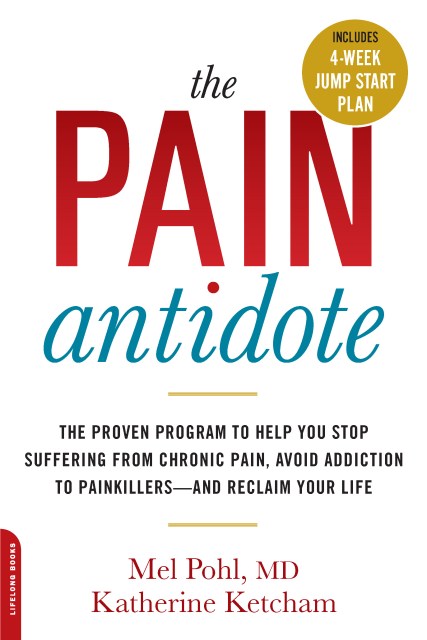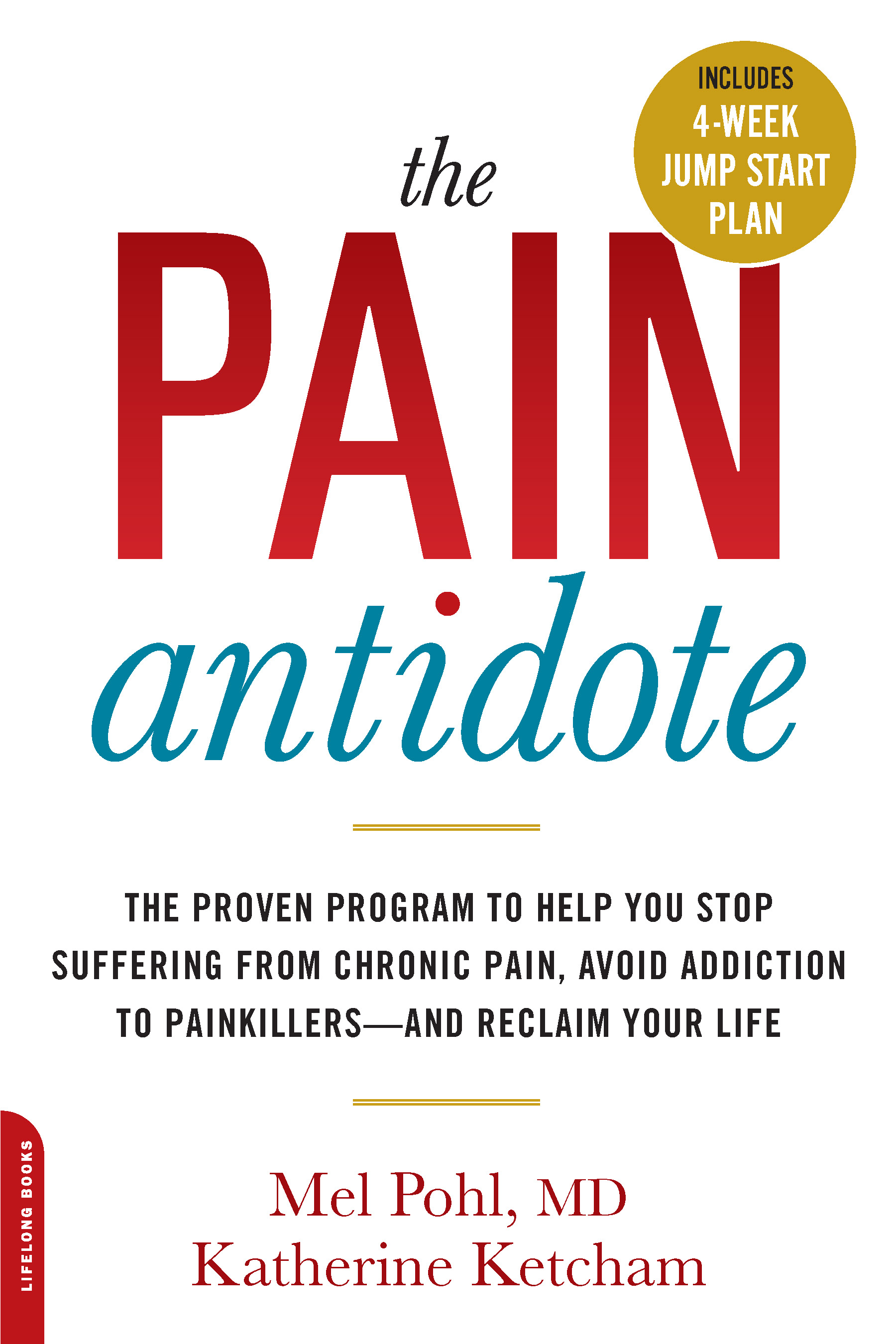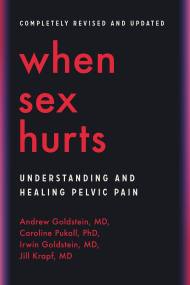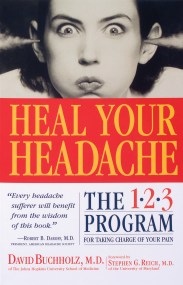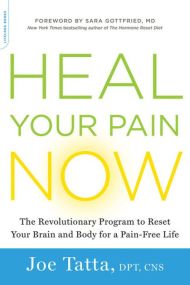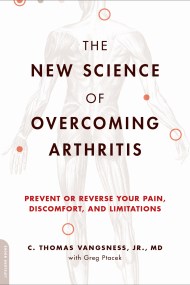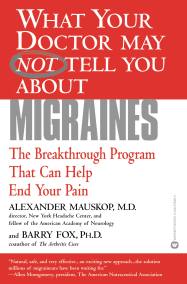The Pain Antidote
The Proven Program to Help You Stop Suffering from Chronic Pain, Avoid Addiction to Painkillers--and Reclaim Your Life
Contributors
By Mel Pohl, MD
By Katherine Ketcham
Formats and Prices
Price
$11.99Price
$15.99 CADFormat
Format:
- ebook $11.99 $15.99 CAD
- Trade Paperback $21.99 $28.99 CAD
This item is a preorder. Your payment method will be charged immediately, and the product is expected to ship on or around May 26, 2015. This date is subject to change due to shipping delays beyond our control.
Also available from:
If you are one of the 100 million people who suffer from chronic pain, you may be feeling hopeless and helpless, relying on endless medications that don’t work, feeling worse and worse. But there is hope — and help. The innovative program at the acclaimed Las Vegas Recovery Center, at which Dr. Mel Pohl is Medical Director, has helped thousands of sufferers to reduce chronic pain without the use of painkillers. The Pain Antidote shares this program’s concrete tools and strategies, offering:
Cutting-edge research on how pain affects your brain
How your emotions affect your experience of pain
A comprehensive program, including a four-week Jump Start plan
Pain-reducing gentle exercises and health-supporting foods
And much more.
-
Praise for The Pain Antidote
Dr. Claudia Black, addiction specialist, author of It Will Never Happen to Me
"Pain marginalizes, and opioids further marginalize the sufferer. Dr. Mel Pohl and Katherine Ketcham boldly challenge the more common treatments used today and transform the way we think about chronic pain."
Dr. Marv Seppala, CMO, Hazelden Betty Ford Foundation
"Dr. Mel Pohl's program has helped many people with chronic pain experience tremendous recoveries by discontinuing their opioid pain medications and using multiple, holistic means to heal. Now, with passion and expert knowledge, Dr. Pohl and Katherine Ketcham offer a clear plan to gain relief from one of the most common and severe health problems. This book is a guiding light for those in need."
Sharon Wegscheider-Cruse, author and educator, and Joseph R. Cruse, MD, addiction medicine specialist
"An authoritative, caring guide offering concrete suggestions—and hope—for anyone stuck in the tenacious grip of opioid pain medication addiction."
Debra Jay, author of It Takes a Family and No More Letting Go
"Dr. Mel Pohl and Katherine Ketcham are intimately acquainted with chronic pain and know the road to freedom. This is the roadmap for anyone who wants their life back."
- On Sale
- May 26, 2015
- Page Count
- 272 pages
- Publisher
- Da Capo Lifelong Books
- ISBN-13
- 9780738218045
Newsletter Signup
By clicking ‘Sign Up,’ I acknowledge that I have read and agree to Hachette Book Group’s Privacy Policy and Terms of Use
